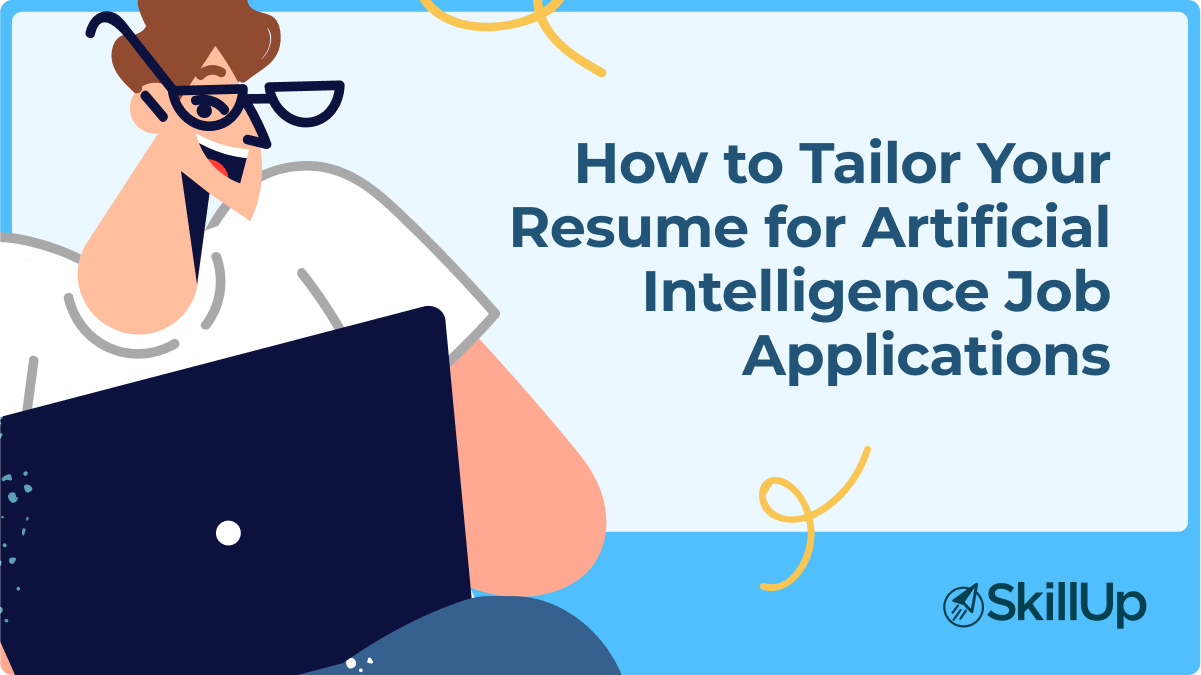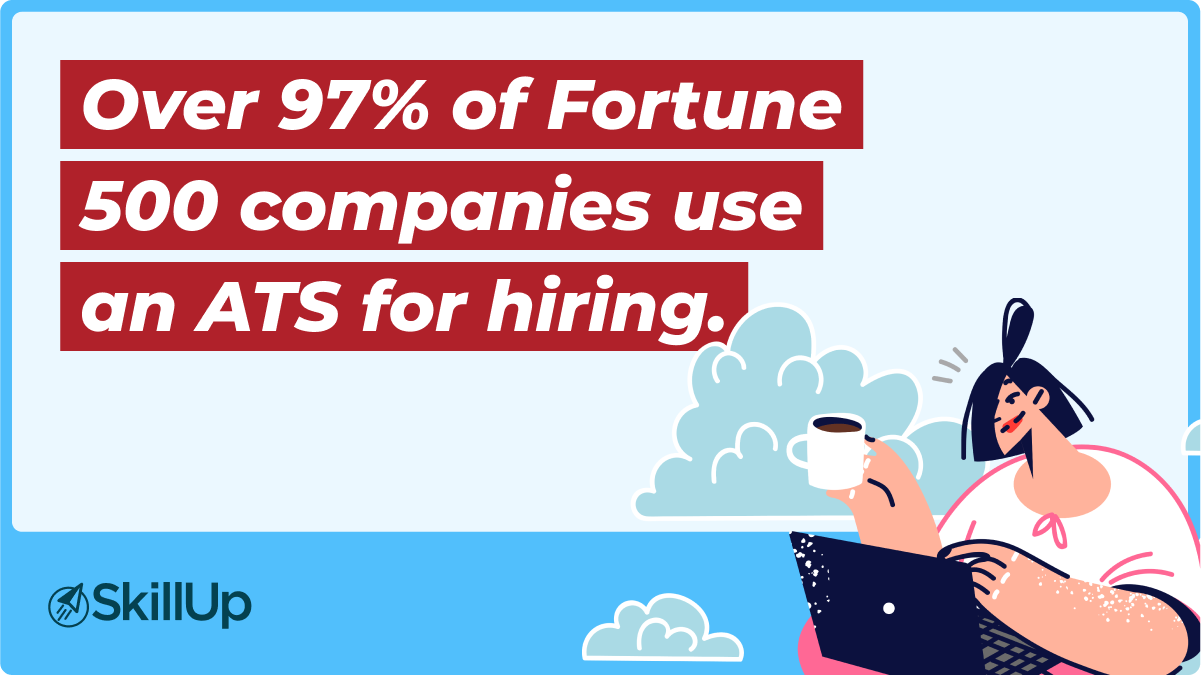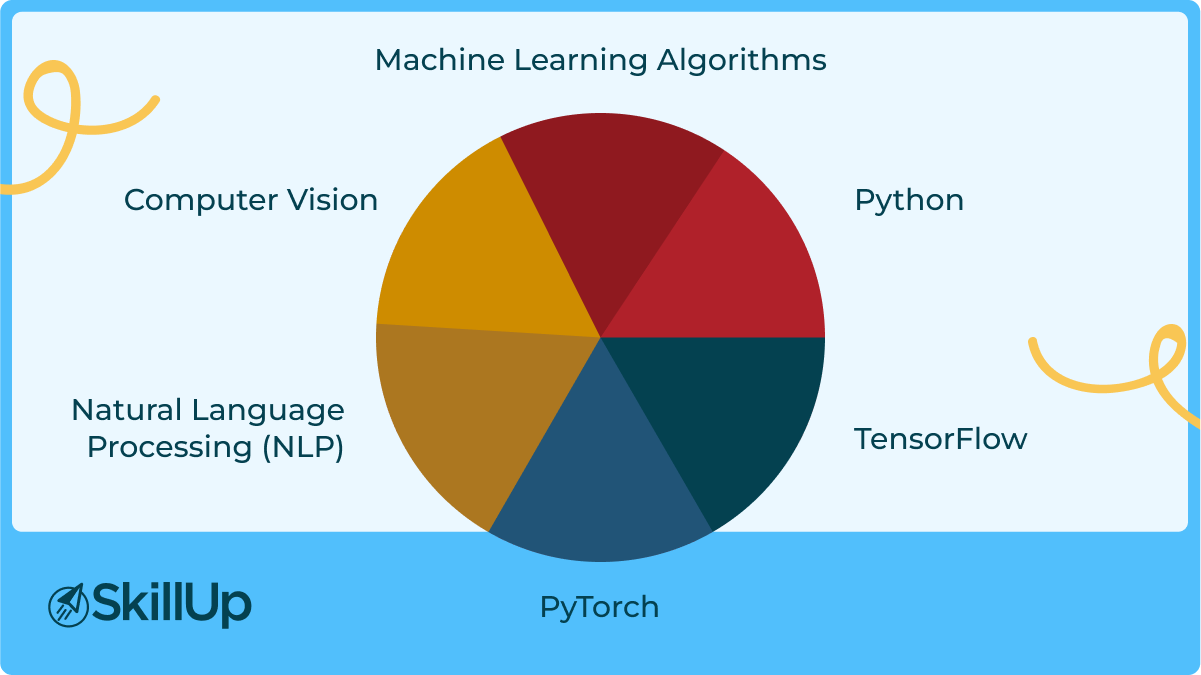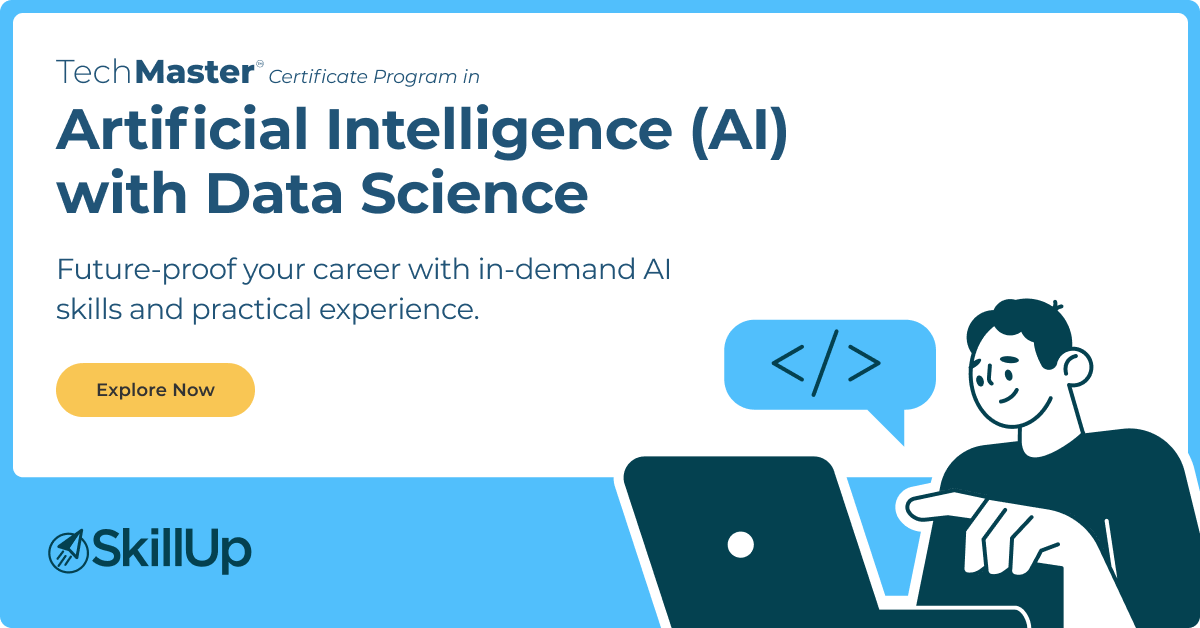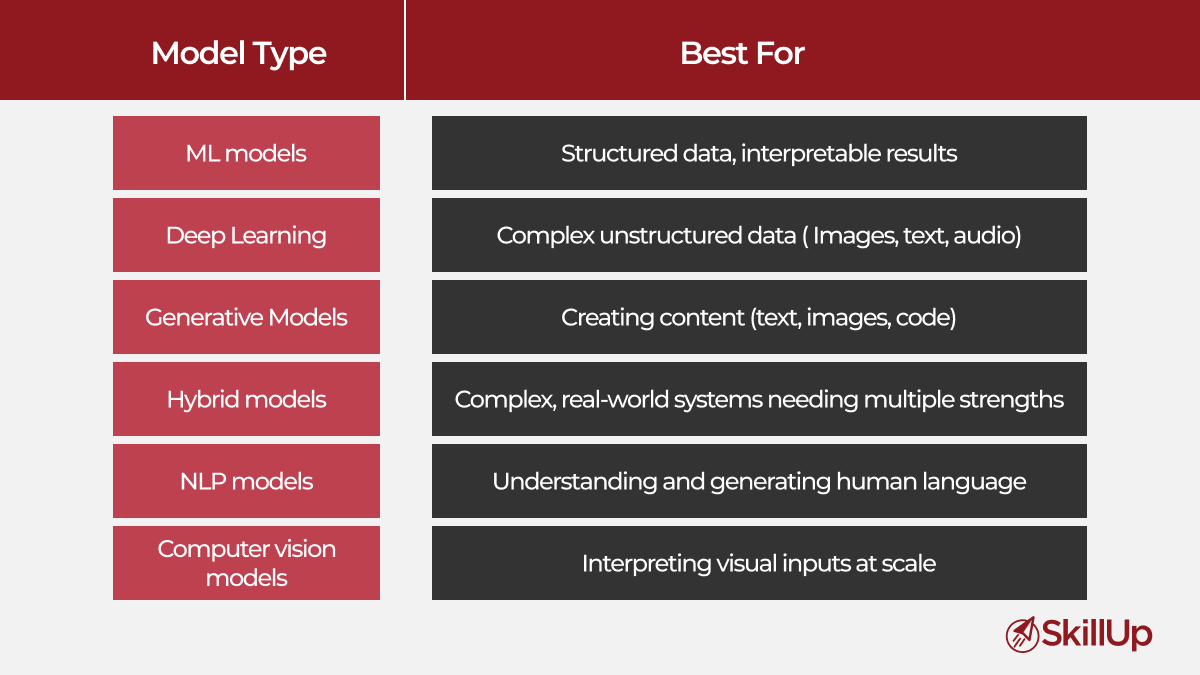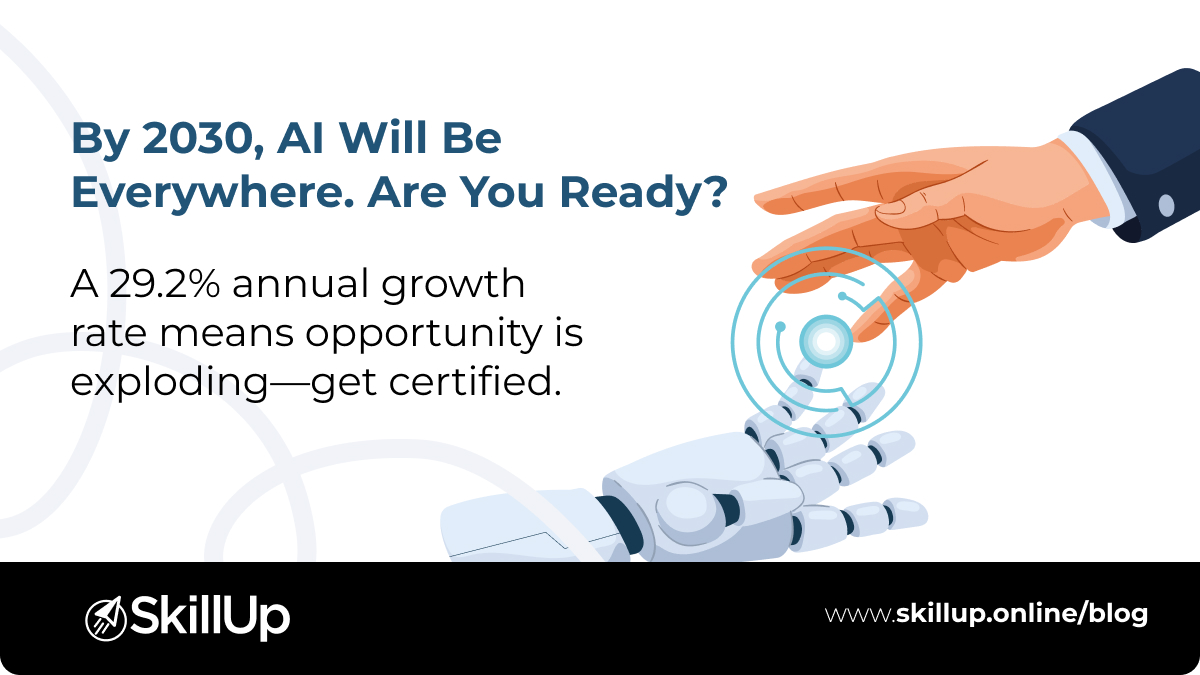With so many organizations struggling to find top-tier candidates, recruiters have turned to ATS software to improve their recruitment efforts. But what does this mean for you?
If your resume isn’t optimized for Applicant Tracking Systems (ATS), it could be overlooked before reaching a recruiter. To stand out in the competitive AI job market, your resume must be more than just a list of qualifications—it needs to be strategically crafted for both ATS and human reviewers.
Let’s dive in to see how you can tailor your resume for AI job applications and!
1. What is ATS and How does it work?
Before your resume reaches a hiring manager, it likely passes through an Applicant Tracking System (ATS)—software that helps companies streamline the hiring process by filtering applications. ATS scans resumes for specific keywords, phrases, and qualifications that match the job description, allowing recruiters to efficiently identify qualified candidates from a large pool of applicants.
But, on what basis does ATS shortlist candidates? Let’s understand…
- Keyword Matching: The system scans your resume for specific terms that match the job description. These can include skills, job titles, certifications, and even educational qualifications.
- Ranking Resumes: Based on how well your resume matches the job description, the ATS assigns a ranking. Resumes with higher rankings are more likely to be reviewed by a human.
- Parsing Information: ATS software breaks down your resume into sections like experience, education, and skills, ensuring that the relevant information is easily accessible.
This means that if your resume is aligned with the ATS scanning process, then there’s a high possibility that your resume would make it to shortlisting.
2. Match Your Skills to the Job Role
Recruiters often scan resumes for keywords that match the job description. Make it easy for them by incorporating those keywords into your skills section. If the job posting emphasizes Python, TensorFlow, PyTorch, ensure these skills are prominently featured. But don’t just list them—provide context that shows how you’ve applied these skills in real-world situations.
Example:
Skills: Python, TensorFlow, PyTorch, Natural Language Processing (NLP), Computer Vision, Machine Learning Algorithms
Developed and deployed a machine learning model that improved predictive accuracy by 20%, reducing operational costs by 30% and streamlining decision-making processes across the organization.
3. Craft a Tailored Professional Summary
Your resume’s summary is the initial impression you make on recruiters, so avoid a vague overview of your career. Instead, create a sharp, compelling statement tailored to the job you’re targeting. Highlight your most relevant skills and experiences that align with the job requirements.
Example: AI Specialist with 4+ years of experience in developing machine learning models and deploying AI algorithms in production environments. Demonstrated ability to translate complex data into actionable insights, driving innovative AI solutions to enhance business operations and decision-making.
4. Optimize with Job-Specific Keywords
To ensure your resume gets past the ATS, you need to include the right keywords from the job description. This means carefully analyzing the job posting and identifying the most important skills, tools, and qualifications mentioned. Incorporate these terms naturally into your resume, especially in the skills, experience, and summary sections. But be careful; overloading your resume with keywords can make it look unnatural and may raise red flags with recruiters.
Tips:
- Use exact phrases from the job description when possible.
- Avoid using too much jargon or abbreviations that might not be recognized by the ATS.
- Don’t just stuff keywords; ensure they fit naturally into the content.
5. Highlight Relevant Experiences
When it comes to your work experience, relevance is key. You might have a long career history, but not all of it is necessary for this specific role. Focus on the positions and projects that directly relate to the AI role you’re targeting. Use bullet points to highlight achievements that demonstrate your impact, such as increasing efficiency, or contributing to successful projects.
Example: AI Engineer, ABC Tech (2018-2023)
Developed and deployed a natural language processing (NLP) model that improved customer sentiment analysis accuracy by 30%.
Led a team of 5 in building a recommendation system that increased user engagement by 35% and boosted sales by 15%.
6. Quantify Your Achievements
Numbers speak louder than words. In the AI field, quantifying your achievements can provide hiring managers with a clear picture of your impact. Highlight how you’ve driven efficiency, optimized algorithms and utilized parallel processing. Putting a number on it will not only make your resume more compelling but also demonstrate your ability to deliver measurable results.
Example: Reduced model training time by 30% through optimizing algorithms and utilizing parallel processing.
Enhanced model accuracy by 20%, resulting in a 25% increase in operational efficiency and a 15% boost in user satisfaction.
7. Customize Your Education and Certifications
If you’ve taken courses or earned certifications that are directly relevant to the job, make sure they stand out. For example, if the role requires expertise in machine learning algorithms or deep learning techniques, and you’ve completed relevant coursework or certifications in these areas, ensure you prominently feature this information on your resume. This shows that you’re not only qualified but also committed to continuous learning.
Example:
Certified AI Specialist (2023) – Completed advanced training in machine learning algorithms, deep learning frameworks, and AI model deployment.
8. Customize for Each Application
While it might be tempting to send the same resume to multiple employers, this approach can backfire. Each company is looking for specific qualities and skills, and your resume should reflect that. Start by carefully reading the job description and identifying keywords and phrases, such as “hardworking” or “team player.”
Then, tailor your resume to highlight these traits, making sure your summary, skills, and experience sections align with what the employer is seeking. This customization helps your resume stand out and increases the chances of passing through ATS.
So, What Are Your Next Steps?
As you can see, tailoring your resume for each AI job application might take extra time, but it’s an investment that pays off. A well-targeted resume significantly boosts your chances of getting noticed, landing interviews, and ultimately securing the job you want. By applying these strategies and understanding how ATS and AI-driven tools work, you can elevate your resume from being lost in a pile to standing out at the top of the candidate list.
If you also happen to be looking to further strengthen your AI skills, consider enrolling in the TechMaster Certificate Program in Artificial Intelligence (AI) with Data Science provided. This program is designed to help you build advanced expertise that top employers are looking for.
For more guidance on customizing your resume or finding the right AI course for you, contact our Learner Support Team at [email protected]. They’ll be happy to assist you on your journey! How to Tailor Your Resume for Artificial Intelligence Job Applications
SkillUp Online
